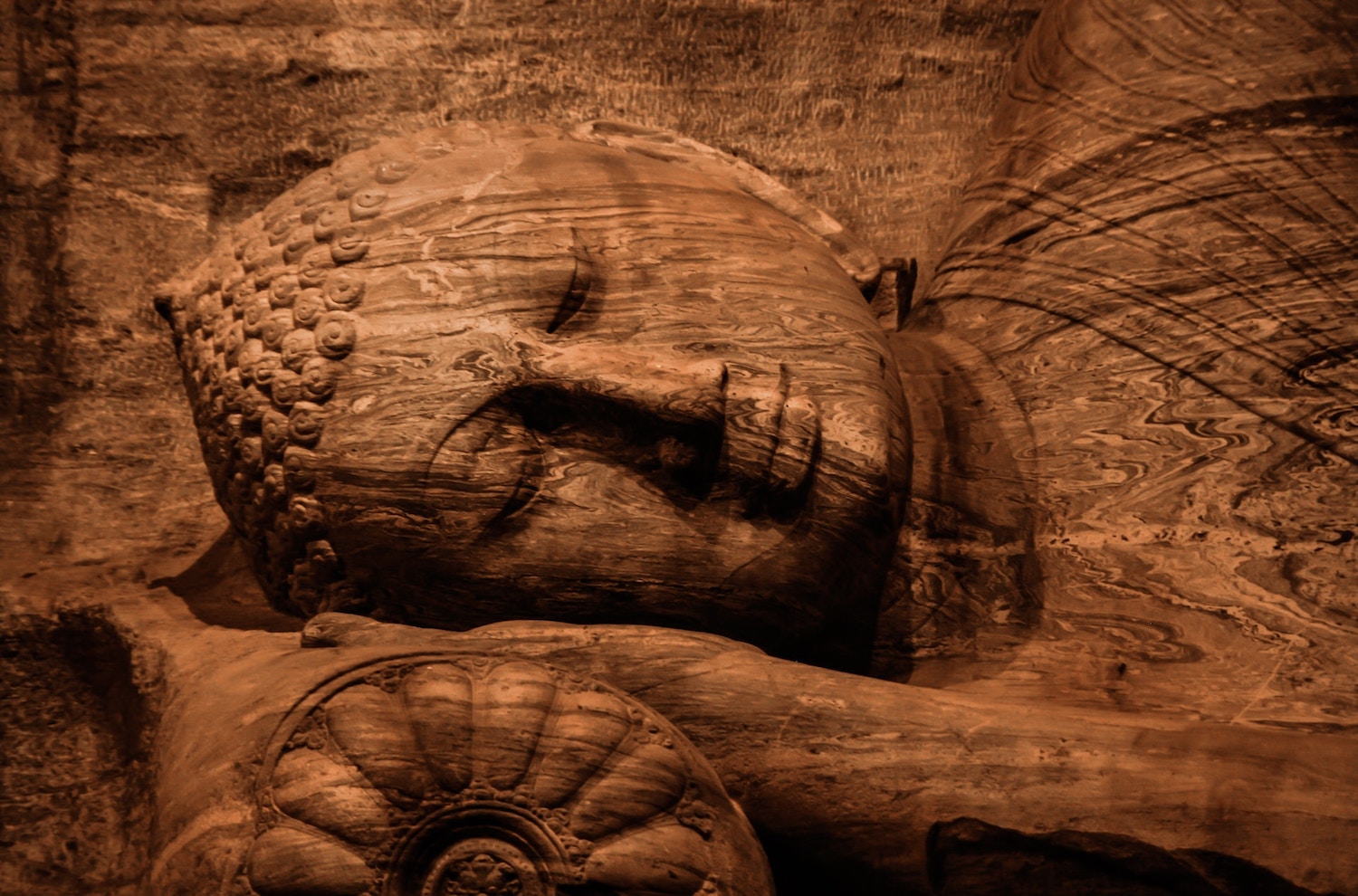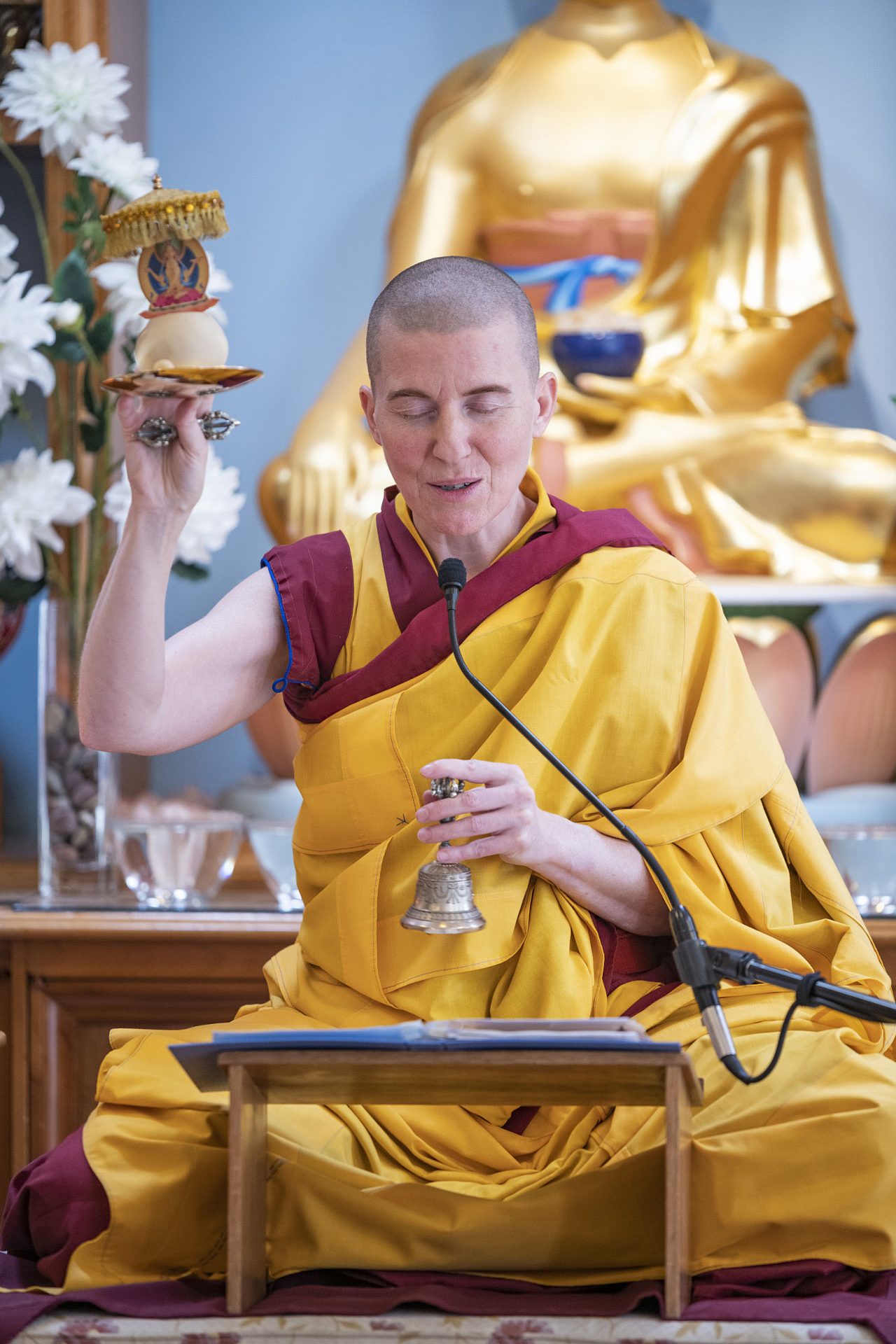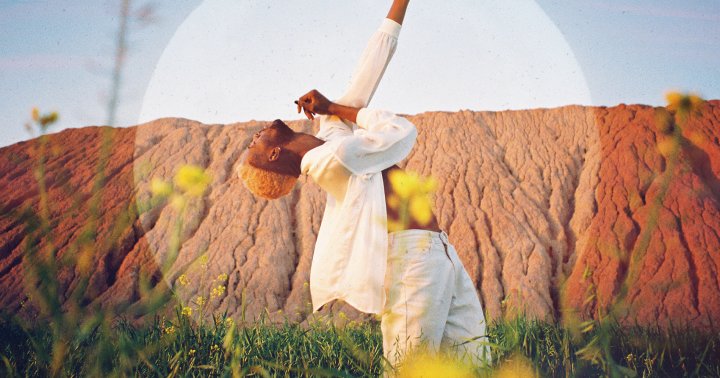Death Is a Part of Life
A mindfulness of death practice inspired by the Buddha’s teachings in the Maranasati Sutta The post Death Is a Part of Life appeared first on Tricycle: The Buddhist Review.

The Buddha taught mindfulness of death teachings in many different discourses. Today we will discuss the Maranasati Sutta (Anguttara Nikaya 6.19). Maranasati means death awareness—marana (death) and sati (awareness or mindfulness). At the beginning of the Maranasati Sutta, the Buddha is said to address the monks, or practitioners (we’re all practitioners), thus:
When mindfulness of death is developed and cultivated, it’s beneficial. It culminates in the deathless, and ends with the deathless—but how does one develop mindfulness of death?
I’d like to go over these benefits before talking about the specific instructions he gave the monks.
The Benefits of Practicing Mindfulness of Death
Many of us in the West might be afraid of death—we don’t want to think about it, we don’t want to talk about it—and yet, bringing death into our awareness has many benefits—benefits for ourselves and our loved ones, benefits in how we live, and benefits for how we die. This practice prepares us to have a sense of peace, not being scared and fearful, when the moment of death arises.
The moment of death is said to be a liberating moment. So doing this practice is supreme training for that important moment of transitioning. However, this practice isn’t just for the potential of liberation. It impacts the way we live and how we show up for ourselves and others—loved ones, people we don’t know, and people we have challenges with.
Living according to our values is one of the many benefits of this practice. When we know that our time in this body and in this life is finite—when we fully embrace finitude—we don’t waste time. When the scarcity of our time comes into the forefront of our consciousness, we tend not to do the unskillful actions that cause harm. When we “greet and hold death as an advisor on our shoulder all the time,” as Carlos Castaneda said, the way we live our life changes.
We live with more freedom, peace, ease, love, and care because we know there is nothing to hang on to. We are a traveler on this earth. This body is not mine. It’s for rent. This life is for rent.
When we realize this, we live differently, we live more freely. We let go of our clinging, our sense of attachment to me, me, me, mine, mine, mine. It shifts our perspective. We can live with more freedom, generosity, kindness, and forgiveness. There is nothing to take with us. There’s nothing to hang on to. So this practice is liberating, just as the Buddha says, and it has the deathless as its fruit.
What does the deathless mean?
The deathless refers to nibbana (nirvana). The deathless is another translation for nibbana, freedom, liberation, awakening. So mindfulness of death practice is a liberating practice. It leads to freedom in the way we live and in the moment that we die—the ultimate letting go.
Summarizing the Sutta
So with that as the preamble, let’s continue with the Maranasati Sutta.
So then, as I read, the Buddha asked the monks:
Do you develop mindfulness of death? How do you develop mindfulness of death, knowing how important it is?
One monk raises their hand and says:
Oh, yes, I develop mindfulness of death. If I’d only live for another day and night, I’d focus on the Buddha’s instructions and I could really achieve a lot. That’s how I develop mindfulness of death.
And then another monk raises their hand and says:
Me too, me too! I practice mindfulness of death. If I’d only live for a day, then I’d focus on Buddha’s instructions.
Another one raises their hand and says:
Me too, me too! I practice as if I’d only live as long as it takes to eat a meal of alms food.
And then the fourth one raises their hand and says:
Oh, Buddha, Buddha, I practice, thinking if I lived only as long as it takes to chew and swallow four or five morsels of food.
A fifth one raises their hand and says:
Actually, the way I practice is, if only I lived as long as it takes to chew and swallow one morsel of food.
And then the last one, the sixth one in the story, raises their hand and says:
Buddha, the way I practice is, I might live only long enough to breathe out, after breathing in, or breathe in, after breathing out. That’s how I practice mindfulness of death.
And then the Buddha says:
Okay practitioners, those of you who said, “I think I’m going to live another day or night and I have time,” or said, “I may live another day,” or said, “I may live to eat another meal,” or said, “I may live to eat three or four morsels of food,” all of you are living heedlessly. All of you are living heedlessly.
Those of you who are practicing while thinking, “I might only live long enough to chew this bite of food,” or “I might only live long enough to eat this bite of food,” or “I might only live long enough for the duration of this in-breath or the duration of this out-breath, that I might die after this in-breath or after this out-breath”—you are practicing heedfully.
So as practitioners, how do we heedfully practice the instructions of the Buddha? The invitation is not to think, Oh I’ll have time, I have another year, or another month, or another week.
Heedlessly was considered thinking I have another day, another few bites of food. The Buddha is inviting us to consider that we could die in this moment, at the end of this in-breath or this out-breath, at the end of this bite of food, right here, right now. The Buddha is inviting us to bring death intimately into each breath.
The Practice of Mindfulness of Death
So with this, I would like to lead a guided meditation for us to practice with these instructions. I would like to invite you to close your eyes, if that’s comfortable for you. To feel yourself sitting or lying down, whatever posture is comfortable for you. Feel yourself having a sense of integrity, a sense of uprightness, letting the body be relaxed while rooted to this earth, to your sit bones, to your feet. Feeling your hands and yet the sense of uprightness, dignity.
Let us begin by bringing our awareness, our attention, into this body. This long fathom body, breathing in this moment. Feeling the breath where it’s comfortable for you, or in your abdomen, sensing the life force moving through.
This body is alive in this moment and breathing. Let’s connect with the sense of aliveness in this body. Breathing, pulsating, this amazing piece of nature. Through this in-breath, through this out-breath.
After we connect with the living, pulsating, alive nature of this body, let us connect to the fact that this body too shall die. This body is nature. It’s not a mistake. It’s not an aberration. It’s not a problem. Death is a part of life. Everything that is born also dies, and this body too.
Letting the awareness connect with the in-breath, with the out-breath. Settling, calming, and appreciating that death is so close. It’s always close. I might only live as long as it takes to breathe in, that’s all. Or I might live as long as it takes to breathe out after breathing in.
Death is so close and intimate. Can we bring it close and intimate, like a friend who advises us, on how to live, how to practice, how to be in this moment attending to the Buddha’s teachings on love, compassion, letting go, and generosity.
What if I only have the length of this in-breath to live? The length of this out-breath to live? Can we open our hearts to relax and embrace this liberating truth of impermanence?
For some of us, this practice can bring up a sense of agitation. It’s okay. You’re not doing it wrong. If agitation arises, let yourself relax with the out-breath. Connect with the sensations in the body in a spacious way, making space for the agitation or the fear that may have arisen. It’s not a mistake. As we allow ourselves to make space and be with what is difficult, arising in this moment. As expand our capacity for peace. To be with what is challenging, we extend our capacity and we cultivate fearlessness, another synonym for nibbana.
So as you do this practice on your own, bring in this contemplation: Death is so close, I might only live as long as it takes to breathe this in-breath or out-breath.
At the end of this morsel of food, how do you want to live? How do you want to show up? How do you want to cultivate your heart and mind in this short flash that is our life?
Remember that this practice of mindfulness of mortality is a liberating practice. It ends in the deathless. In nibbana, in freedom, awakening.

 Hollif
Hollif 
































